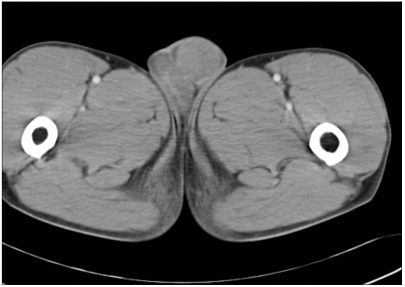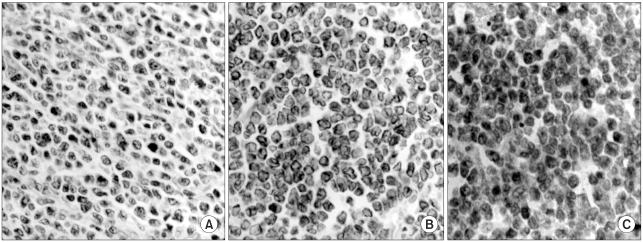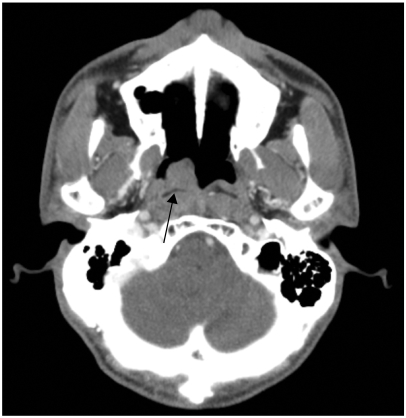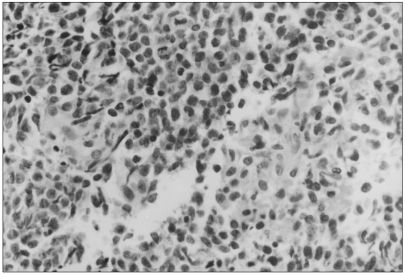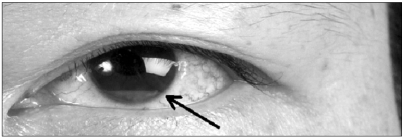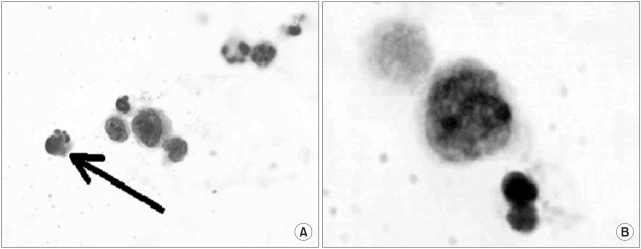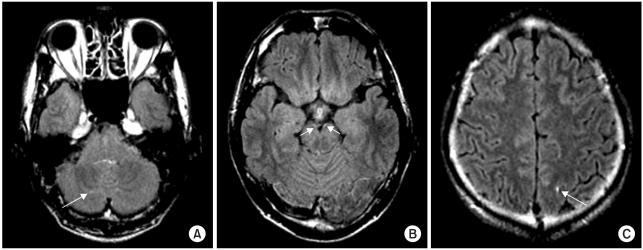Cancer Res Treat.
2007 Mar;39(1):40-43.
Orbital Infiltration as the First Site of Relapse of Primary Testicular T-cell Lymphoma
- Affiliations
-
- 1Division of Hematology-Oncology, Department of Medicine, Samsung Medical Center, Sungkyunkwan University School of Medicine, Seoul, Korea. wskimsmc@smc.samsung.co.kr
- 2Department of Pathology, Samsung Medical Center, Sungkyunkwan University School of Medicine, Seoul, Korea.
- 3Department of Ophthalmology, Samsung Medical Center, Sungkyunkwan University School of Medicine, Seoul, Korea.
Abstract
- A 43-year-old male presented with a painless left testicular mass. The pathologic diagnosis of the radical orchiectomy specimen was peripheral T-cell lymphoma, unspecified (PTCL-u). According to the Ann Arbor staging system, his initial stage was III because of the right nasopharyngeal involvement. After first-line chemotherapy with four courses of the CHOP regimen and this was followed by involved-field radiotherapy, he achieved complete remission. Two months later, disease recurred to the left ciliary body of the left eye without evidence of involvement at other sites. Although the patient received intensive chemotherapy with autologous hema-topoietic stem cell transplantation, he ultimately died of leptomeningeal seeding. Because both the central nervous system (CNS) and the orbit are sanctuary sites for chemotherapy, orbital infiltration of lymphoma should prompt physicians to evaluate involvement of the CNS and to consider performing prophylactic intrathecal chemotherapy as a treatment option.
Keyword
MeSH Terms
Figure
Reference
-
1. Moller MB, d'Amore F, Christensen BE. The Danish Lymphoma Study Group, LYFO. Testicular lymphoma: a population-based study of incidence, clinicopathological correlations and prognosis. Eur J Cancer. 1994; 30:1760–1764. PMID: 7880601.2. Ferry JA, Harris NL, Young RH, Coen J, Zietman A, Scully RE. Malignant lymphoma of the testis, epididymis, and spermatic cord. A clinicopathologic study of 69 cases with immunophenotypic analysis. Am J Surg Pathol. 1994; 18:376–390. PMID: 8141430.3. Coupland SE, Foss HD, Assaf C, Auw-Haedrich C, Anastassiou G, Anagnostopoulos I, et al. T-cell and T/natural killer-cell lymphomas involving ocular and ocular adnexal tissues: a clinicopathologic, immunohistochemical, and molecular study of seven cases. Ophthalmology. 1999; 106:2109–2120. PMID: 10571346.4. Baldetorp LA, Brunkvall J, Cavallin-Stahl E, Henrikson H, Holm E, Olsson AM, et al. Malignant lymphoma of the testis. Br J Urol. 1984; 56:525–530. PMID: 6398719.
Article5. Wilkins BS, Williamson JM, O'Brient CJ. Morphological and immunohistological study of testicular lymphomas. Histopathology. 1989; 15:147–156. PMID: 2777217.
Article

